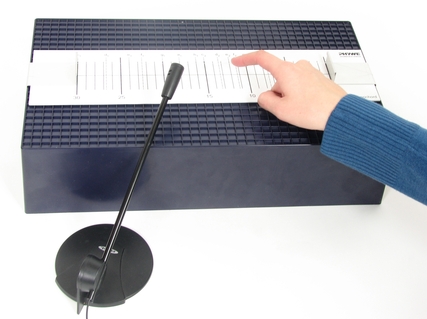
Technical data Sound and noiseArticle no: P6010500  Principle Oscillations can be transferred through a medium (e.g. air or wood) in the form of sound waves. An oscillation with exactly one oscillation frequency is called harmonic oscillation or pure oscillation. In the amplitude-time-diagram, such an oscillation corresponds to a sine curve. Sound waves that are generated by a sinusoidal oscillation are also called sinusoidal tones or pure tones. Benefits
Tasks In this experiment, the students analyse the acoustic signals of different sound sources. They work out the differences and similarities in the frequency spectra and amplitude courses over time. The signals are recorded and analysed with the "measure Acoustics" software. Perform this experiment in order to determine the types of sound that exist apart from the sinusoidal (pure) tone and how these types differ from each other. To do so, examine different sound signals: tuning fork, vibrating string, rustling paper, slapping ruler. After the execution of the experiment, the students should be able to assign the analysed signals to the categories tone, sound, noise, and slap. What you can learn about
Scope of delivery
| ||||||||||||||||||
Robert-Bosch-Breite 10 – 37079 Göttingen – Germany
www.phywe.com

